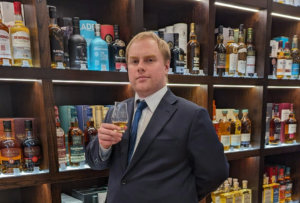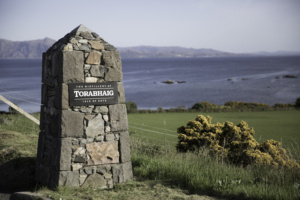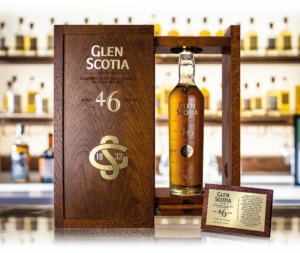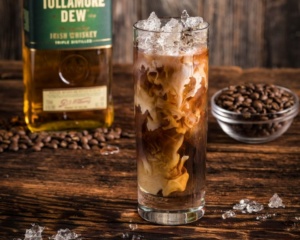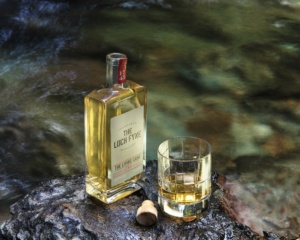Expert Tasting: Glenglassaugh 50 Year Old
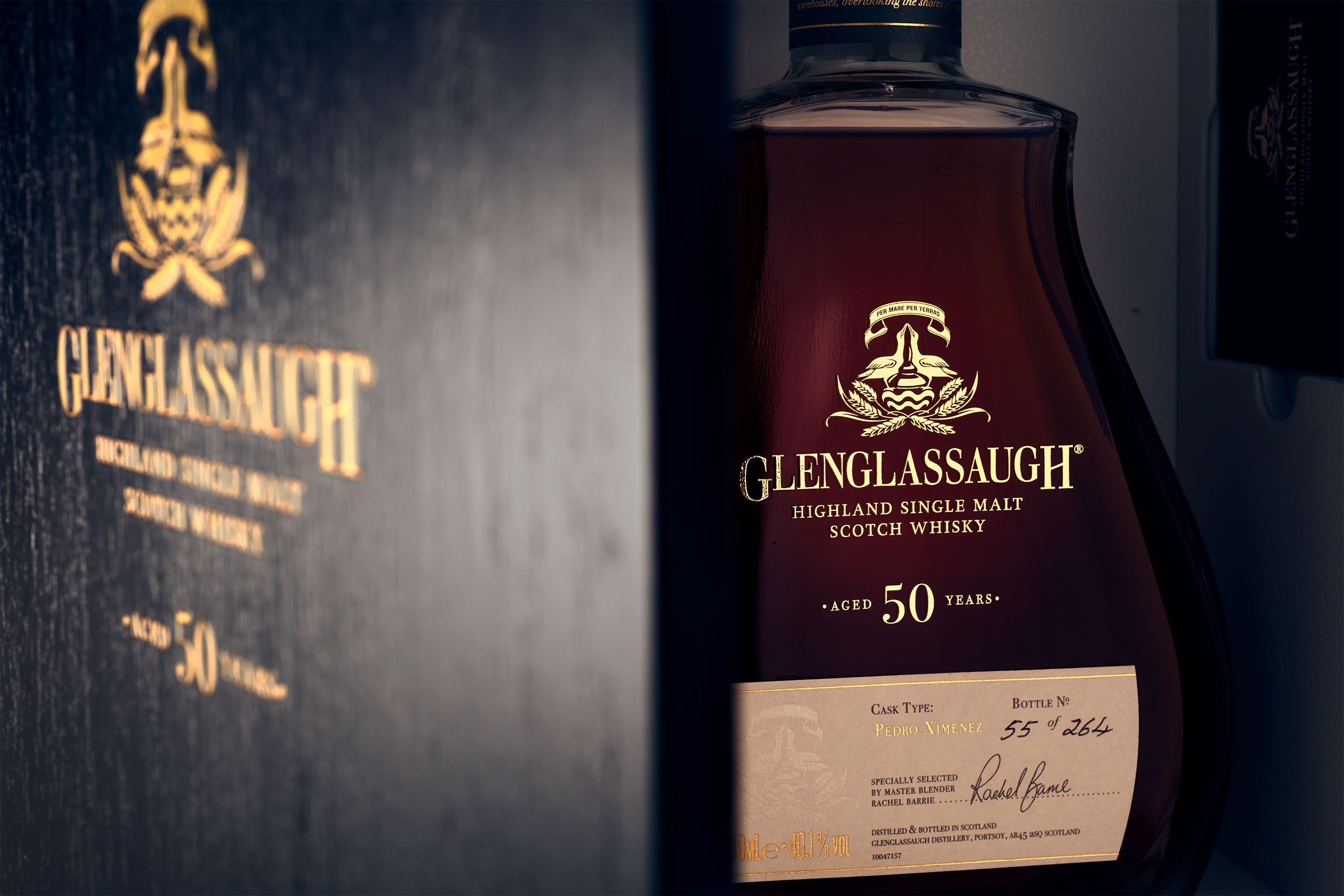
Glenglassaugh's slogan is "A whisky shaped by land and sea," on account of the distillery enjoying a picturesque location at Sandend Bay on the Moray Firth coast, not far from Portsoy. Dr Rachel Barrie, the master blender who selected this cask, expands upon this: "It's impossible to separate Glenglassaugh the place. The lush sweetness of this coastal single malt is a complete distillation of its natural surroundings. Its whole essence is created by both the visible and invisible influences of land, sea, air, and spring water."
As a matter of fact the mineral rich, hard water from the Glenglassaugh Spring had caused grave problems in the past, as we will see.
The distillery was commissioned in 1874 by four local men and on the death of three of the founders, the survivor sold to Robertson and Baxter, the distinguished Glasgow-based blender and broker (and Glenglassaugh's key customer) in 1892. R&B immediately sold to its sister company, Highland Distillers - both are now part of the Edrington Group - but then came a general depression in the whisky industry and Glenglassaugh was mothballed in 1907, and remained closed until 1960.
That year the original distillery was largely demolished and a new, more efficient one was built on the site, possibly influenced by the work of the leading distillery architect of the day, William Delme Evans. The spirit from Glenglassaugh had always been used for blending, and during the 1960s and '70s there was a boom in demand for blended Scotch. R&B owned Langs Supreme and Red Hackle, and part-owned Cutty Sark, and in 1972 Highland Distilleries acquired The Famous Grouse.
Highland Distilleries favoured soft, Speyside-style whiskies for their blends, rather than the harder, Highland-style spirit produced by Glenglassaugh. They experimented with tankering soft process water from Glenrothes; introducing charcoal filters to the lyne arms of the stills, replacing the stills themselves with replicas of the Glenrothes stills in 1974 and finally installing a water-softening plant the same year.
The distillery was again mothballed in 1986, when a general downturn in demand for Scotch combined with earlier overproduction across the entire industry obliged many distilleries to close, and apart from a brief period of production in 1998 it remained silent. Then, in 2008, Edrington sold Glenglassaugh to a Dutch-based consortium, which brought the site back into production, before selling it to Benriach and Glendronach Distillers. Ownership changed again in 2016 when all three distilleries were bought by Brown Forman of Louisville, Kentucky, owner of Jack Daniel's Tennessee Whiskey.
This cask from 1971 was filled before all these experiments were made and so represents the former, original style of Glenglassaugh. If not unique, casks from this era are incredibly rare.
You can shop Glenglassaugh here today at The Whisky Shop.
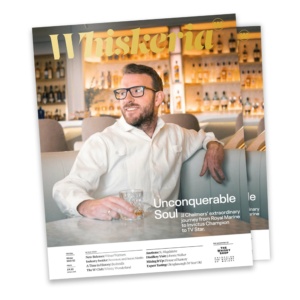
The original feature is from the Winter 2021 edition of Whiskeria, delivered to the door of W Club subscribers and also free with any Whisky Shop purchase in store or online. Click here to read the full Winter 2021 issue of Whiskeria online for free.
 4.7/5 with 10,000+ reviews
4.7/5 with 10,000+ reviews

